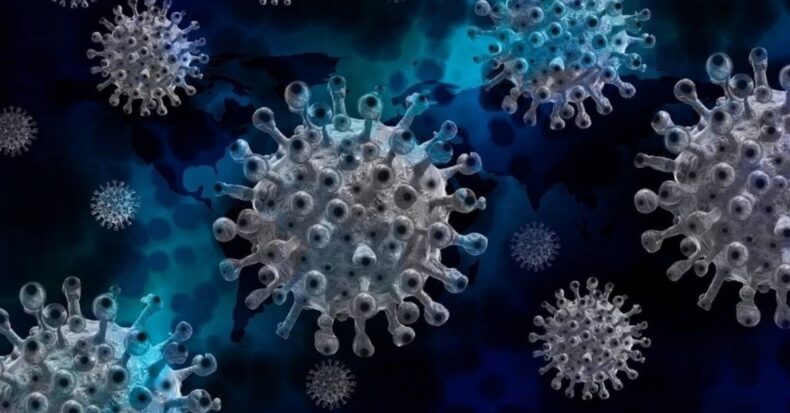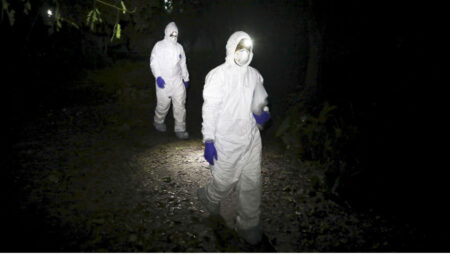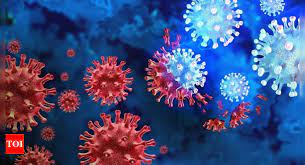Small Aerosol particles released while breathing, talking and singing may contain more viruses than larger moisture droplets do. Coronavirus may be evolving to spread more through the air, studies suggest.
The latest reports indicate that COVID-19 spreads mainly through the air in fine droplets that stay in for hours rather than in larger droplets that quickly fall on the ground and infect
surfaces.
But some experts say that there is a lack of direct evidence that the virus spreads from air
mainly. There is a lot of indirect evidence present- that breathing it in is dominant Corona-Virus.
Corona-Virus:
A civil and environmental engineer at Virginia Tech in Blacksburg, who studies viruses in the air says, ‘Airborne is a heavy word for infection control circles’ which requires health workers to wear protective gears, to isolate patients in unique rooms, and take other labour-intensive measures to control the Corona-Virus.
COVID-19 cases have been mostly among household contacts- within 6 feet of splash zone of large droplets. It is hard to know if the infection was passed on due to large droplets or
breathing the same air. For these reasons, experts were reluctant to call it an airborne disease.
RESEARCH STUDY:
Researchers of patients collected both aerosols and large droplets after breathing quietly for 30 minutes while reading passages for 15 minutes and singing songs or poems like ‘Happy Birthday’ and ‘TwinkleLittle Star’ for 15 minutes.
Scientists tested both aerosols and large droplets for COVID-19 and calculated how many copies of the virus’s N genes were present to get an estimate of how much virus is present.
Out of 22 patients, 13 were detected with enough levels of viral RNA. Singing created more aerosols, but some generated more while talking—The total amount of viruses that people developed varied.
In this study, the difference was not due to the symptoms- some people with no symptoms generated more viruses than those with fevers, cough and cold.
The researchers found that only one factor stood out, affecting the amount of virus discharged. People in zones of infections tend to produce more viruses, claiming that people in the first week are most contagious after being infected by the virus.
Another study was done while wearing a mask and without wearing a mask, reported 45% of fine aerosols containing viral RNA, 31% of aerosols larger than 5 micrometres and 65% of droplets collected from their phones.
The increased number of aerosols may suggest that coronavirus is moving towards evolution to become an airborne disease, said scientists. The study was performed before the delta variant was discovered.
IS IT EVOLVING?
Some scientists suggest that the virus is evolving towards a more efficient spread through the air. People infected with alpha consistently discharged more viruses than people infected with other variants.
After combining with epidemiological observations about the spread of alpha and delta
variants, the results say that these variants are highly charged when talking about aerosol
transmission .
MASK TEST:
The masks worn by the volunteers in the study were mainly loose-fitting, from single-layer homemade cloth masks to double layer commercially made masks to double masks, surgical masks and KN95 masks.
The mask reduced the number of virus-containing, coarse aerosols produced by 77% compared to no mask. Virus laden-fine aerosol was concentrated on an average of 48%.
Masks performed well against the alpha variant as well as other variants.
If everyone wears a well-fitting mask- one with a seal tightly to the face and no gaps on the top, bottom and sides for the virus to pass unfiltered may reduce the emission by 96%.

Masks can help reduce the release of viruses by the infected people if worn correctly. New variants are making it essential to control the pandemic from evolving to an airborne disease.
The sad news is: It may be airborne soon if one is careless. But the good news is: MASKS ARE HELPFUL! GET VACCINATED! Your safety is in your hands.













